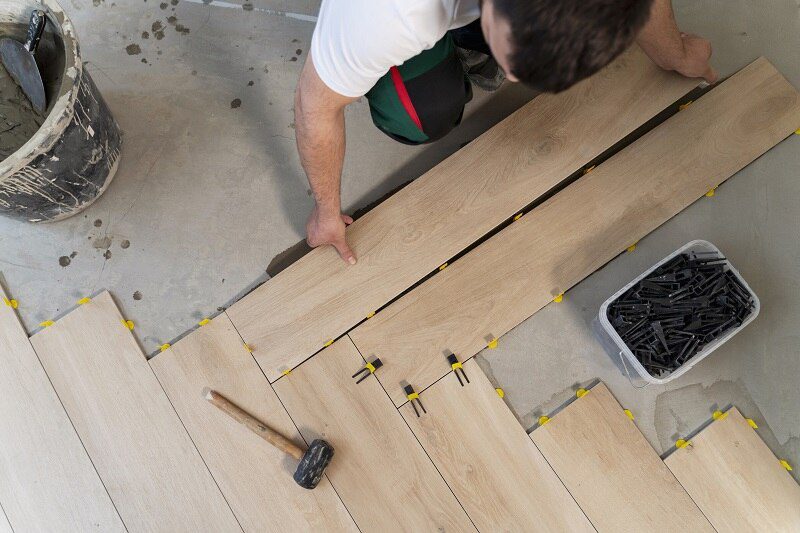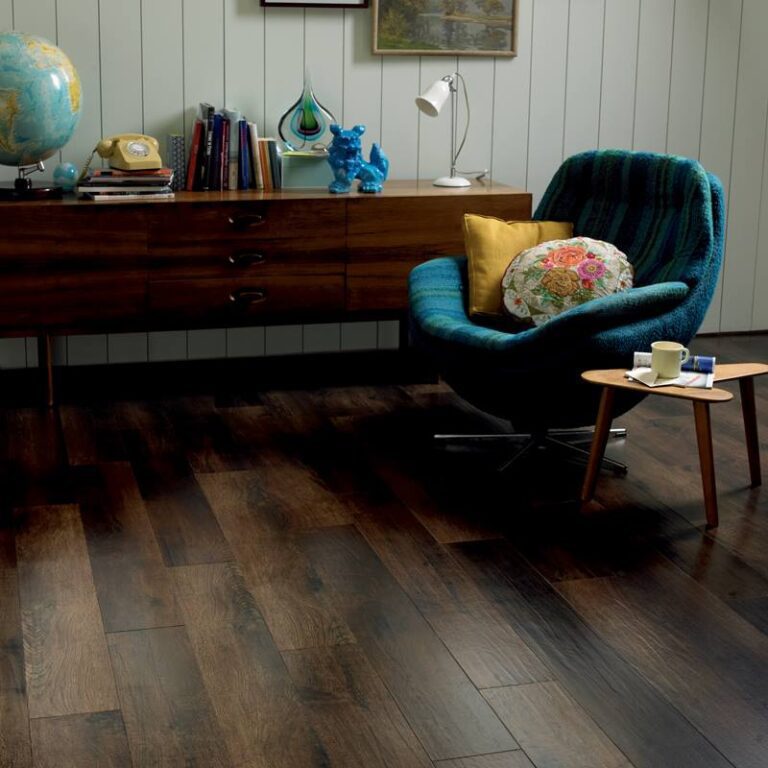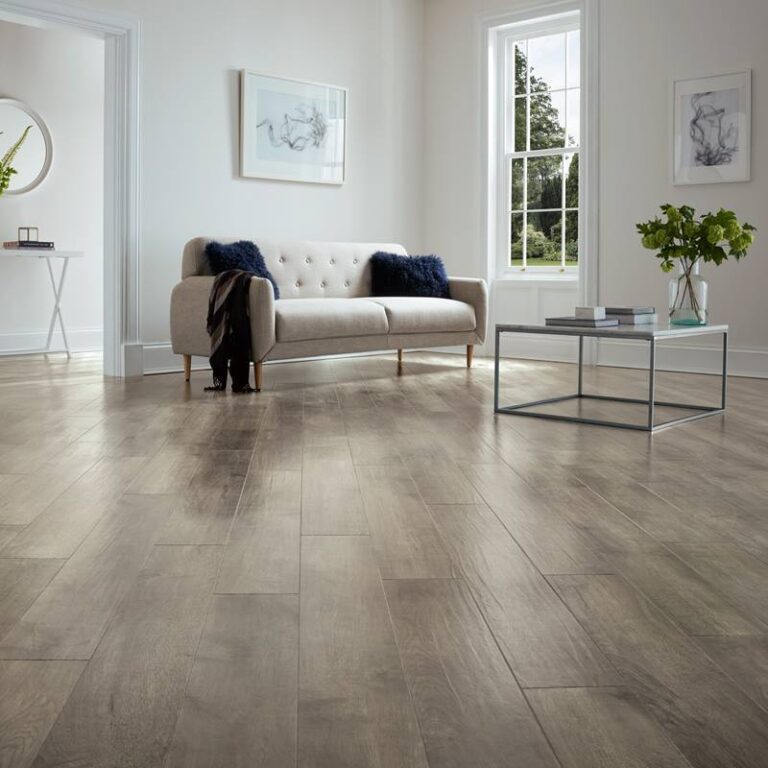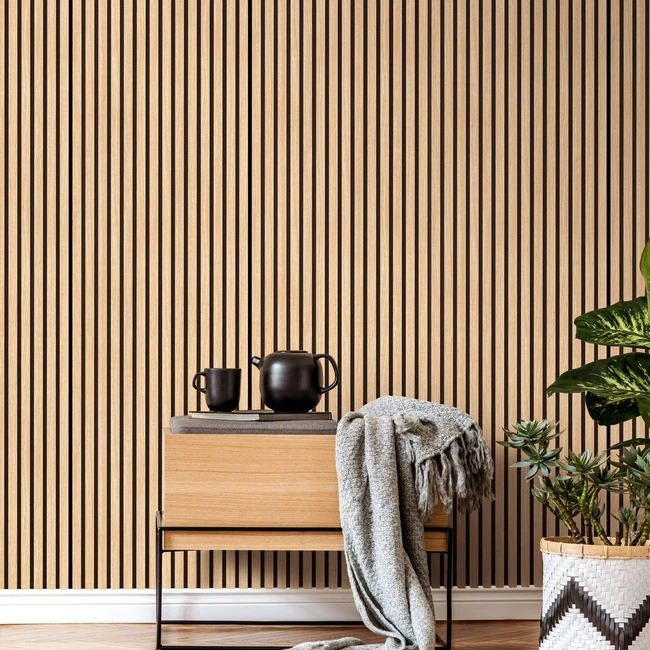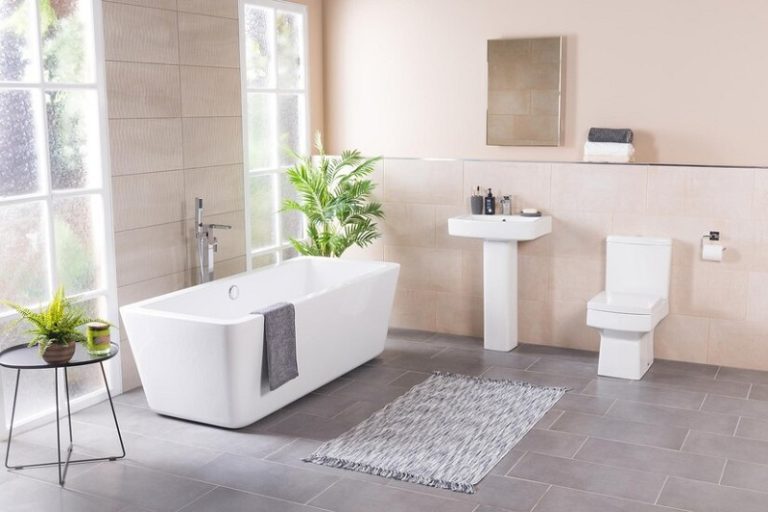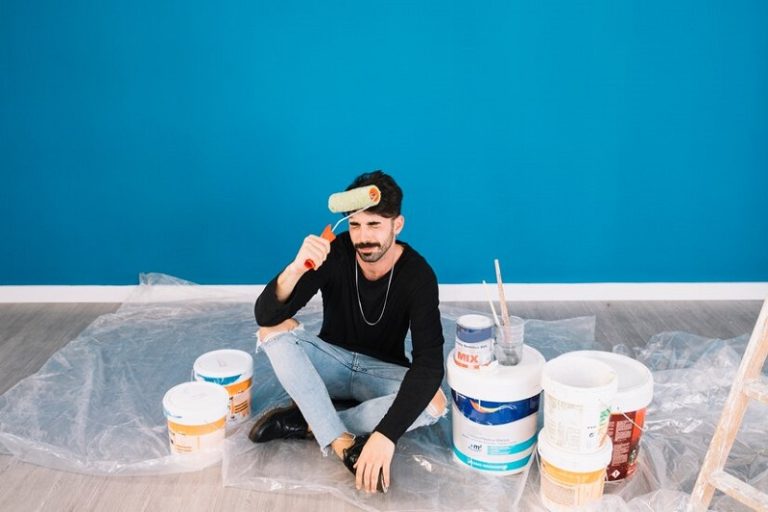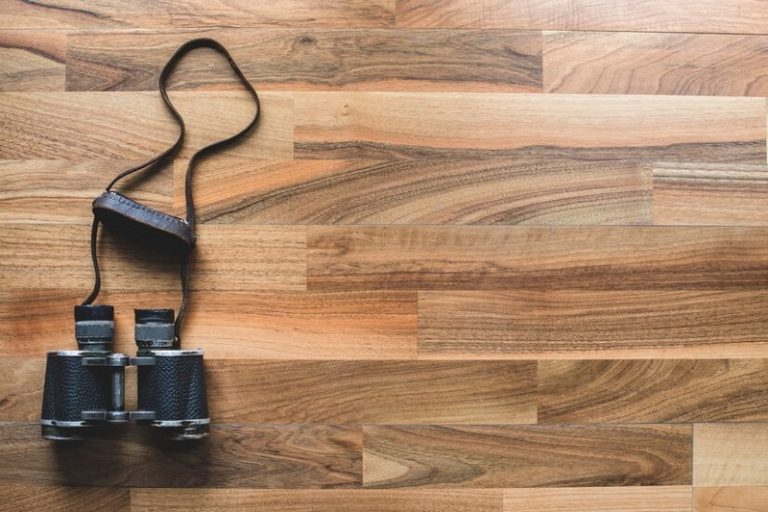Are you considering a flooring update for your home or business, but not sure where to start? Flooring installation can be a daunting task, but with the right information, you can make the best choice for your space. In this article, we will explore the different types of flooring options available, factors affecting flooring installation cost, and how much you can expect to pay for each type. We will also share some tips on how to save money on your flooring installation project. Whether you’re interested in hardwood, laminate, vinyl, tile, or carpet flooring, we’ve got you covered. Keep reading to learn more!
Key Takeaways:
The type of flooring chosen greatly affects the cost of installation, with hardwood being the most expensive and carpet being the least expensive. The size of the room and condition of the subfloor can also impact the overall cost of flooring installation, as well as additional services such as removal and disposal of old flooring. To save money on flooring installation, consider DIY options for certain types of flooring or negotiating labour costs with contractors. It is also important to properly maintain and care for your flooring to avoid costly repairs in the future.
What Is Flooring Installation?
Flooring installation refers to the process of applying different types of flooring materials to the ground floor of a room or space, providing a durable and aesthetically pleasing surface for residential or commercial use.
The installation can be performed by professionals or through DIY methods, with each approach having its own benefits and considerations.
When considering flooring installation, it is essential to assess the average flooring installation cost and several factors involved.
Flooring installation cost can vary depending on the type of flooring material chosen, the size of the area to be covered, and the intricacy of the installation procedure.
Hardwood flooring is known for its timeless appeal and durability, but it can be more expensive compared to options like laminate or vinyl.
On the other hand, laminate and vinyl flooring offer cost-effective alternatives with easy installation processes, making them popular choices for budget-conscious homeowners.
Different Types of Flooring
There are several types of flooring available, each with its own unique features, costs, and installation requirements. There is hardwood, laminate, LVT or luxury vinyl tile, tile, and carpet flooring, each presenting different options for homeowners and businesses to choose from based on their preferences and needs.
Hardwood flooring exudes timeless elegance and durability, coming in a variety of wood species and finishes. Although wooden flooring installation cost may be more expensive upfront, it is considered a long-term investment that adds significant value to a property.
Laminate flooring, on the other hand, offers a cost-effective alternative that resembles hardwood, providing excellent scratch and moisture resistance. LVT flooring installation cost is known for its affordability, easy maintenance, and water resistance, making it popular for high-traffic areas and moisture-prone spaces.
Tile flooring, including ceramic, porcelain, or natural stone, boasts exceptional durability and versatility, suitable for both indoor and outdoor applications. It comes in various shapes, sizes, and designs, allowing for creative customisation.
Carpet flooring, favoured for its comfort and insulation properties, offers a wide range of styles, materials, and budget-friendly options, making it suitable for bedrooms, living rooms, and other cosy areas.
a. Wood Flooring
Hardwood flooring is a popular choice known for its timeless appeal, durability, and the wide range of wood species and styles available for installation. Hardwood flooring installation cost varies based on the selected wood species, installation methods, and supplier pricing.
Regarding wood species, oak, maple, and walnut are among the most commonly used due to their high resistance to wear and tear. Pine and cherry are also popular, offering unique aesthetics.
Installation methods range from traditional nail-down to modern click-lock systems, each with its own advantages.Hardwood flooring installation cost includes material expenses, labour, and any additional preparation required for the subfloor. While it can be more expensive upfront, the long-term durability and potential to increase property value make hardwood flooring a worthwhile investment.
See product: Elka 13.5mm Real Wood Rustic UV Brushed & Oiled Oak
b. Laminate Flooring
Laminate flooring offers a cost-effective alternative to hardwood, often featuring wood veneer designs that mimic the appearance of natural wood. Laminate flooring installation costs are relatively lower than hardwood, making it an attractive choice for budget-conscious homeowners.
What makes laminate flooring particularly appealing is the wide array of wood veneer designs available, ranging from traditional oak and maple to more contemporary grey and distressed looks. This variety allows homeowners to choose a design that complements their interior decor without breaking the budget.
Plus cost savings, laminate flooring is comparatively easier to install, further reducing flooring installation cost. Its durability and resistance to scratches and moisture make it a practical choice for high-traffic areas and families with children and pets.
It’s important to note that while laminate flooring offers many benefits, it may lack the luxurious feel and longevity of genuine hardwood. Despite advances in technology, some laminate options may not fully replicate the natural warmth and character of real wood.
See product: Quick-Step Creo Charlotte Oak Brown
c. Vinyl Flooring
Vinyl flooring is a versatile and resilient choice, with options for installation over various subfloor conditions and the availability of installation underlay for added comfort and durability. The relatively economical cost of vinyl flooring installation makes it a practical choice for high-traffic areas.
Its versatility extends to its water resistance, making it suitable for areas prone to moisture, such as kitchens and bathrooms. The range of designs and styles, including options that mimic the look of natural materials like wood and stone, allows for flexibility in aesthetic preferences.
When considering installation, the use of underlay can provide cushioning and insulation, enhancing the comfort underfoot and reducing noise transmission. This additional layer also helps to smooth out minor imperfections in the subfloor, adding to the resilience of the flooring.
One of the appealing aspects of vinyl flooring is its low maintenance requirements; regular sweeping and occasional mopping are usually sufficient to keep it clean. It’s important to note that although vinyl flooring is durable, it may not withstand heavy impacts or sharp objects as well as some other flooring options.
From a flooring installation prices perspective, vinyl flooring typically offers a cost-effective solution, especially when compared to natural materials such as hardwood or stone. It’s important to consider the long-term durability and potential for replacement when assessing its overall value.
See product: Karndean Art Select Oak Royale Glacier Oak
d. Tile Flooring
Tile flooring encompasses a diverse range of materials and designs, including ceramic, porcelain, and natural stone options, each with their own installation costs and considerations.
The installation of tile flooring offers durability and design versatility for various interior spaces.
Plus these materials, there are also options such as glass, mosaic, and cement tiles, each bringing a unique aesthetic appeal to the floor.
Tile flooring installation costs typically include materials, labour, and the need for a flat, well-prepared subfloor.
While tile flooring can be more expensive to install upfront compared to other options, such as carpet or vinyl, its longevity and low maintenance can result in cost savings over time.
e. Carpet Flooring
Carpet flooring provides a soft and comfortable surface for domestic and commercial settings, with a wide array of styles and materials to choose from, each with varying installation costs and maintenance requirements.
The fitting of carpet flooring offers insulation and noise reduction benefits for indoor environments.
Regarding styles, homeowners and businesses can opt for luxurious, Berber, Saxony, or frieze fabrics, each contributing its unique aesthetic appeal. Similarly, the variety of materials, including nylon, polyester, wool, and polypropylene, caters to various preferences and usage requirements.
Carpet flooring installation costs vary based on the size of the area, additional underlay, and the complexity of the fitting. While professional fitting ensures a perfect finish, it does come with added expenses.
Advantages include the warmth and softness offered by carpet, while the downside involves potential staining and wear over time. Regular hoovering and professional deep cleaning can help maintain its appeal and lifespan.
See product: Victoria Carpets Tudor Twist Regal Stone Wash
Factors Affecting Flooring Installation Cost
Flooring installation cost is influenced by several factors, including the type of flooring selected, the size of the room, the condition of the subfloor, the expenses related to labour, and any additional services such as removal of existing flooring or installation of underlay.
When deciding on the type of flooring, you must consider materials such as hardwood, laminate, vinyl, carpet, or tile, each with varying costs.
Room size plays a crucial role as more significant areas require more materials and time for installation. The condition of the subfloor also affects the installation process. Whether it needs repair or levelling, this can add to the overall flooring installation cost.
Labour costs depend on the complexity of the installation and the expertise required. Additional services, such as removal of old flooring or installing underlay, will also affect the final expenses.
a. Type of Flooring
The choice of flooring type significantly affects the overall flooring installation cost, with options ranging from hardwood and engineered flooring to alternatives such as laminate, vinyl, tile, and carpet flooring, each with varying material costs and installation rates.
The wood flooring often incurs higher material costs due to the quality and durability of the natural wood. This can range from oak and maple to exotic species. The installation of hardwood flooring may require more labour-intensive methods, impacting the overall installation rates.
On the other hand, engineered flooring presents a cost-effective alternative. It combines a veneer of real wood with a composite core, offering diverse styles and easier installation. This still contributes to a stylish and durable flooring option.
Alternative options, such as laminate, vinyl, tile, and carpet flooring, vary greatly in material costs and installation complexities. Laminate and vinyl provide affordable material costs and relatively straightforward installation. Meanwhile, tile and carpet flooring may require complex installation techniques, thus affecting the overall flooring installation cost.
b. Size Of The Room
Room dimensions are directly correlated with total flooring installation cost, as larger areas require more materials and labour, leading to higher average project costs. Irregular room shapes and configurations may impact the complexity and cost of installation.
The size of the room plays an important role in determining the overall cost of flooring installation. Larger square footage implies the need for increased quantities of flooring material and longer installation time, resulting in escalated costs.
It’s essential to factor in the cost per square foot of the chosen flooring material, which significantly influences the total project expenses. The type of flooring selected is a major determinant of the average installation costs. For instance, hardwood flooring typically carries a higher installation price than carpet or laminate due to its intricate installation process and material cost. In contrast, carpet installation costs may vary based on factors such as underlay quality, texture, and any intricate patterns desired, directly impacting the overall expenses.
c. Subfloor Condition
The condition of the subfloor plays a crucial role in the cost of flooring installation. Subfloor preparation and repair requirements can add to the overall expenses. It is important to address subfloor issues before installation to ensure the longevity and performance of the new flooring.
Subfloor imperfections, such as unevenness, moisture damage, or structural instability, can significantly impact the installation process. Uneven subfloors may require levelling compounds or self-levelling underlayments, which can add to the time and cost of installation.
Moisture-damaged subfloors may necessitate moisture barriers or mitigation systems to prevent damage to the new flooring. Structural subfloor issues can lead to extensive repairs, such as joist reinforcement or subfloor replacement, which can substantially increase the overall project budget.
Ignoring these issues may lead to future flooring problems, including premature wear and even failure.
d. Labour Costs
Labour-related expenses, including installation rates and contractor fees, make a significant contribution to total flooring installation costs, with variations based on supplier, project complexity and regional labour rates. Obtaining multiple quotes and evaluating the expertise of installers can help in managing labour costs effectively.
Labour cost is an important factor in determining flooring installation rates. It is influenced by various factors, including the type of flooring, the complexity of the design, and the size of the area. Specialised skills needed for specific flooring types, like hardwood or tile, can also affect labour rates. Homeowners should prioritise installer proficiency and supplier reputation to ensure high-quality and long-lasting results.
e. Additional Services
Additional services such as the removal of existing flooring, installation of underlayment, and application of finishing treatments may contribute to the total cost of flooring installation. This presents opportunities to negotiate for the best price based on bundled services and project requirements.
These additional services can greatly impact the overall project costs. Removal of existing flooring requires labour, disposal costs, and time, all of which add to the total replace flooring cost.
Similarly, the installation of underlayment and the application of finishing treatments involve specialised materials, labour and skills, which can further increase the overall flooring installation cost.
Savvy homeowners can explore options for cost optimisation by seeking bundled services or package deals from flooring companies. By integrating relevant services, such as removal, underlayment installation, and finishing treatments, into a comprehensive installation package, they may be able to obtain a more favourable price and streamline the project logistics.
Proactive communication with flooring providers about project requirements and realistic budget constraints is crucial. This communication can lead to tailored cost estimates that align with the specific needs of the project, thereby helping homeowners achieve the best value for their flooring installation investment.
How Much is Flooring Installation Cost?
Average flooring installation costs vary based on the type of flooring selected, with average estimates for hardwood, laminate, vinyl, tile, and carpet flooring installation, providing homeowners and businesses with insights into the potential expenses for their projects.
When considering hardwood flooring, the cost breakdown typically includes the price of the hardwood itself, any additional materials needed, such as underlay and adhesives, as well as the cost of professional installation.
On the other hand, laminate flooring installations often involve lower material costs, but factors such as subfloor preparation and intricate designs may influence the final expenses.
Meanwhile, vinyl flooring installation estimates usually account for the vinyl sheets or tiles, adhesive, and labour costs.
For tiled flooring, costs are influenced by the type of tile, pattern complexity, and labour required for installation.
Carpet flooring installation cost can be impacted by factors like carpet quality, underlay, and the professional installation process.
a. Cost of Installing Hardwood Flooring
If you are wondering how much is hardwood flooring installation then the answer is that it varies depending on the type of wood selected, the complexity of the design, and the use of engineered wood. This gives an insight into the average cost and installation rates for this premium flooring option.
Regarding solid wood flooring, the installation cost is influenced by the type of wood chosen. For instance, oak or maple might differ in price from exotic woods like teak or walnut. The intricacy of the design, such as herringbone or parquet patterns, can affect the cost due to the labour and expertise involved.
The use of engineered wood can provide cost savings compared to solid wood while maintaining high quality and aesthetics. These factors contribute to the flooring installation cost of solid wood
b. Laminate Flooring Installation Cost
The installation cost of laminate flooring is relatively economical compared to hardwood, with considerations for wood veneer designs and installation rates, providing an overview of the expenses associated with this affordable and versatile flooring option.
The cost-effectiveness of laminate flooring installation is influenced by various factors. These include the quality of the subfloor, the complexity of the layout, and the need for underlay.
On average, laminate flooring cost ranges from £10 to £20 per square metre. However, rates may vary depending on factors such as the quality of the laminate, the complexity of the installation, the location, and the contractor’s rates and expertise.
This cost-effective alternative to hardwood flooring offers a wide range of design options, such as wood veneer and tile patterns. This makes it an attractive choice for budget-conscious individuals seeking both durability and aesthetic appeal.
c. Cost of Installing Vinyl Flooring
Vinyl flooring installation costs are relatively economical, with opportunities to enhance comfort and durability through the use of installation underlay, offering insights into the average expenses and installation rates for this resilient and adaptable flooring choice.
When considering vinyl flooring installation, it’s important to factor in the use of underlay. Underlay installation provides cushioning and support, improving the feel and wear of the flooring.
The cost of underlay varies based on factors such as material, thickness, and quality. On average, the expenses for underlay are manageable, adding value to the overall investment. It’s noteworthy that vinyl flooring installation itself is a cost-effective process, often competitively priced compared to other flooring materials.
Flooring installation rates are reasonable, making vinyl flooring an attractive option for budget-conscious homeowners.
d. Cost of Installing Tile Flooring
Tile flooring installation cost vary based on the selected materials and designs, providing insights into the average expenses and installation rates for this durable and aesthetically diverse flooring option suitable for various interior spaces.
Tile flooring has a wide range of material options including ceramic, porcelain, and natural stone, each with its cost implications. The intricacy of the design, pattern, and size of the tiles can influence the installation costs.
It’s essential to consider factors such as subfloor preparation, removal of existing flooring, and labour expenses when estimating the total installation cost of tile flooring. The average flooring cost can range from £20 to £60 per square meter, but this can vary substantially depending on the specific materials and designs chosen.
e. Carpet Flooring Installation Cost
Carpet flooring installation costs vary based on the selected styles and materials, providing insights into the average expenses and installation rates for this soft and comfortable flooring option suitable for residential and commercial settings.
When considering the installation of carpet flooring, it’s important to note that the costs can range from £10 to £30 per square meter. The pricing is influenced by factors such as the type of carpet chosen (e.g., plush, frieze, Berber), the quality of materials, and additional installation requirements.
Property owners should allocate additional funds for carpet underlay, underlay, and possible subfloor preparation, which are essential for achieving a durable and aesthetic result. Professional installation services, typically charged per square yard, contribute to the overall expenditure.
How To Save Money On Flooring Installation?
Saving on flooring installation costs can be achieved through various strategies such as comparing flooring installation prices from multiple suppliers, exploring options to replace flooring at cost-effective rates, and understanding the overall expenses for flooring installation in a whole house project.
Regarding comparing flooring installation prices, it’s essential to consider not only the initial cost of materials and labour but also the long-term durability and maintenance requirements of the flooring.
Opting for high-quality materials that require minimal upkeep can save money in the long run, despite potentially higher upfront costs.
Exploring cost-effective options for replacing flooring can involve considering alternative materials such as laminate or vinyl, which can mimic the look of more expensive hardwood or tile at a fraction of the price.
These options often offer easier installation processes, further reducing labour costs.
For whole house projects, it’s crucial to create a comprehensive budget that includes not just the flooring materials and installation, but also any necessary subfloor repairs, additional accessories like skirting boards or transitions, and potential professional fees if hiring a contractor.
By understanding the full scope of expenses, homeowners can make informed decisions to stay within their budget while achieving the desired flooring results.
To get a more accurate estimate of flooring installation cost, you can also schedule a consultation with a flooring expert from TEKA Flooring.
Furthermore, TEKA Flooring also provides carpet and flooring installation services for various needs, such as residential, commercial, or specialised projects like hospital-grade flooring installation. TEKA Flooring provides officially certified fitters for the Karndean flooring brand, so you don’t have to worry.
TEKA Flooring also presents a wide array of premium tiles to fulfil your preferences. Visit our website or contact us immediately to get the right tiles for your home.
Read also: 5 Easiest Flooring To Install And The Complete Guide







